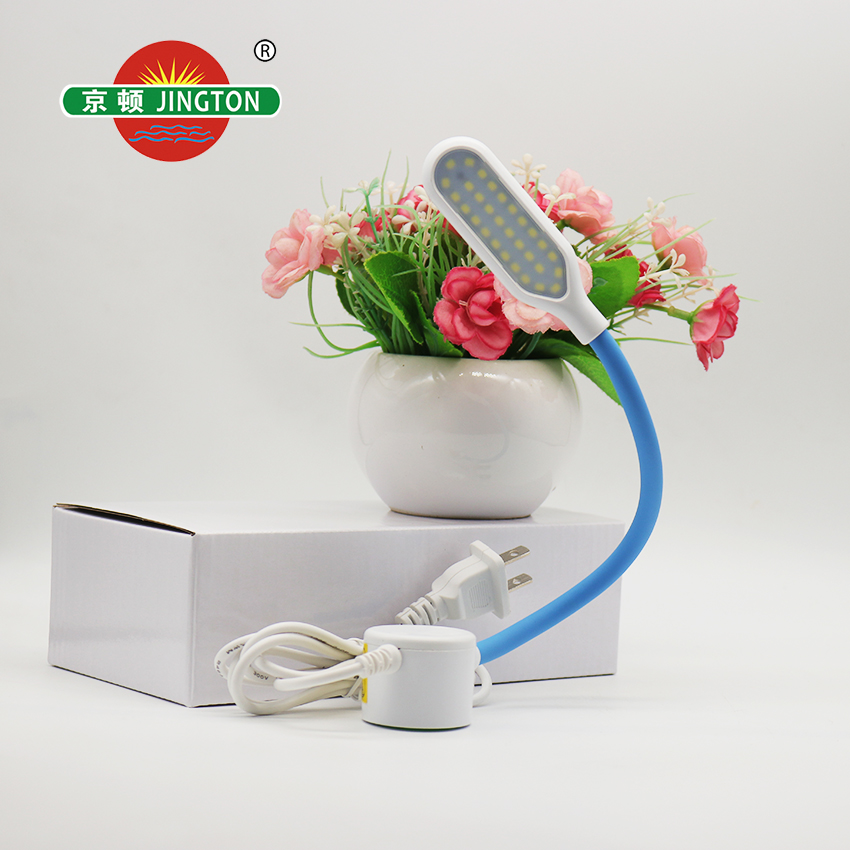Magnetic base sewing has revolutionized the way we approach sewing tasks, offering precision and efficiency that traditional methods often lack. This innovative technique utilizes magnetic components to secure fabrics and tools in place, making it ideal for various applications from home projects to professional settings. In the realm of light industrial sewing, magnetic base sewing provides a stable foundation that enhances accuracy and speed, reducing errors and improving overall productivity.
What is Magnetic Base Sewing?
Magnetic base sewing refers to the use of magnetic holders or bases that attach sewing tools and materials firmly in position. This system works by employing strong magnets to keep needles, patterns, or fabrics steady, which is particularly useful in environments where vibrations or movements could disrupt the process. For instance, in light industrial sewing operations, this technology ensures that even high-speed machines maintain alignment, leading to higher quality outputs. The concept originated from the need for more reliable fastening methods in manufacturing, and it has since evolved to include versatile designs that cater to different sewing needs. One key advantage is its adaptability; whether you're working on garments or upholstery, magnetic base sewing simplifies the setup and minimizes the risk of slippage. This approach has gained popularity for its ease of use and the way it integrates with existing equipment.
Benefits of Magnetic Base Sewing in Light Industrial Applications
In light industrial sewing environments, the benefits of magnetic base sewing are extensive, starting with enhanced precision that allows for intricate designs and detailed work without the frustration of misalignment. Workers can focus more on creativity and less on manual adjustments, as the magnetic base holds everything securely. Additionally, this method promotes safety by reducing the chances of accidents caused by loose parts. From an efficiency standpoint, it speeds up production times, which is crucial in light industrial settings where deadlines are tight. For example, factories producing uniforms or textiles can see a noticeable increase in output when using magnetic base systems. However, it's important to select the right type of magnetic base to match the material being sewn; not all fabrics respond the same way to magnetic forces. Overall, the integration of magnetic base sewing into light industrial processes not only boosts productivity but also contributes to a more organized and streamlined workflow.
How to Implement Magnetic Base Sewing Effectively
To get the most out of magnetic base sewing, it's essential to start with proper setup and training. Begin by choosing a magnetic base that suits your specific sewing machine and the types of projects you're handling, such as those in light industrial sewing. Ensure that the surface is clean and free of any debris that could interfere with the magnetic hold. Once installed, practice with simple tasks to familiarize yourself with how the base affects your sewing speed and accuracy. Regular maintenance is also key; check the magnets for wear and replace them as needed to maintain optimal performance. In light industrial contexts, this could mean customizing bases for bulk operations, allowing multiple units to work simultaneously without issues. By incorporating these steps, users can maximize the longevity and effectiveness of their equipment. Finally, exploring advanced features like adjustable magnetic strength can further tailor the experience to individual needs, making magnetic base sewing a worthwhile investment for both hobbyists and professionals alike.
Conclusion and Future Trends
As we look to the future, magnetic base sewing is poised to become even more integral in light industrial sewing, with ongoing innovations that promise greater automation and smarter features. This technology not only addresses current challenges but also paves the way for more sustainable practices in the industry. By adopting magnetic base sewing, companies can stay competitive in a fast-evolving market, ensuring high-quality results while fostering a more efficient work environment. The potential for growth in this area is immense, making it an exciting development for anyone involved in sewing and manufacturing.



